Natural Remedies Flu: The Top 4 Herbs for Colds and Flu
There are many natural remedies for colds and flu but I’ve chosen 4 herbs that are easy to find and also have added 4 recipes that are easy to make.
So, yes, it couldn’t get easier : )
How to choose the best one for you? Take a look at the symptoms below and see how the different herbs help for different things. Ginger for example is great for everything cold and flu, very good for fevers with chills; plantain helps ease dry, irritating coughs; elderberry syrup can prevent and even stop the virus and chamomile tea will be good for you if are suffering from hot fevers that keep you restless.
Many of the below you’ll already know but it is also a good reminder since the winter season is just around the corner. Even though where I live in Tenerife (by the coast) it doesn’t get cold in the winter the flu did hit me really hard last year so this year I’m gonna be well prepared!
Let’s get started.
1. Ginger (Zingiber officinale) Tea for Everything Cold & Flu!
Feel a cold comin on? Ginger tea is a must since it can inhibit the virus. This is a stimulating herb that can help for so many different things (digestion, expectorant, anti-microbial, carminative, etc). Basically ginger is good for practically everything.
When it comes to colds and flu ginger is a herb you want to have at hand all throughout the cold season. This is a pungent herb that works on your senses since it’s spicy and strong.
Ginger is great if you feel you’re coming down with a cold or flu, for a sore throat, for a congested cough, for fevers with chills (as it is a warming herb). Ginger is basically very good at supporting the fever process when feeling cold as it will warm you up. So, if you’re noticing these symptoms this is the perfect time for your ginger tea.
Here’s a study supporting the following: “the authors tested the hypothesis that ginger can effectively decrease HRSV-induced plaque formation in respiratory mucosal cell lines”.

How to Use Ginger Tea
Best to use fresh ginger. You can find it in any major grocery store. This is a very spicy and aromatic herb so you don’t need to take this in large doses.
1 tablespoon for fresh ginger and 1.5 teaspoons for dry ginger. Dry is actually more heating than fresh ginger (learningherbs.com).
This is a super simple and delicious recipe:
Take a piece of fresh ginger (around 1 inch is probably enough, no need to peel it) and place it in a cup. Fill the cup with just-boiled water and cover. Let it steep for around 15 minutes. Finally, add a squirt of lemon and honey, the amounts are up to you (I don’t like it too sweet for example). There is no need to strain and it is better to drink while still warm.
This will help you also to promote digestion.
2. Plantain (Plantago major) Tea for Dry Coughs & a Sore Throat
Plantain is high in mineral and vitamin content so it offers us deep nourishment. Plantain affects the balance of liquids inside our body. Plantain is high in nutrients and provides us with moisture which we need when we are going through a cold or the flu. This herb is fantastic for dry, spasmodic coughs that irritate our throat (the dry type of cough) which can be quite annoying during the night. A great herb also for sore throat in general.
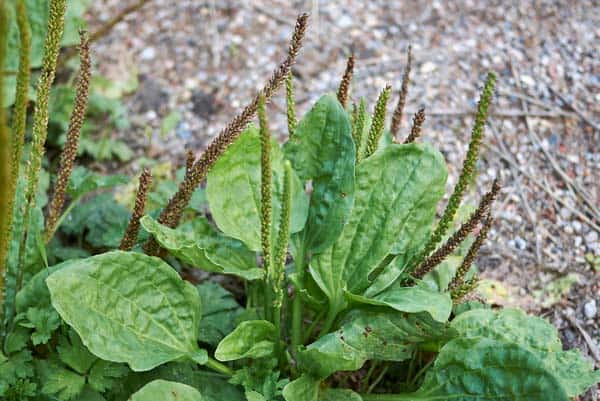
How to Use Plantain Leaves
Make a lovely concentrated tea for dry coughs. The tea can be a little bitter, you can add a pinch of salt to decrease the bitterness.
To make the tea, place 1ounce (28grams) dried plantain in your tea pot and add 1 quart boiling water. Let it sit for at least 30 minutes and up to 4 hours. Strain and drink while still warm.
You can take up to 1 ounce of leaves per day.
Find here plantain leaves from Health Embassy.
3. Elderberry (Sambucus nigra) Syrup to Stop or Prevent the Virus
Berries are great antioxidants and also sour in taste. Elderberry is great to prevent upper respiratory virus. They’re good to take at the first signs of a flu or cold and have the power to stop the virus or simply shorten their duration.
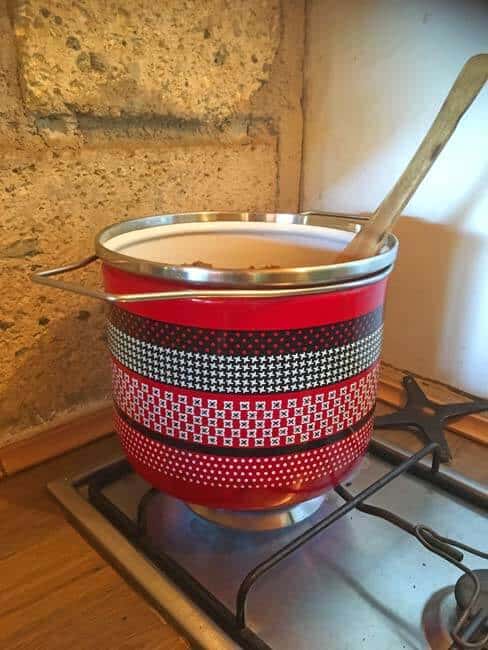
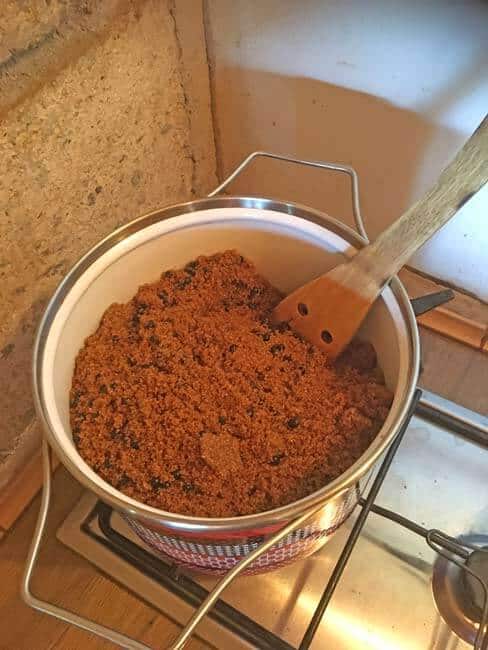
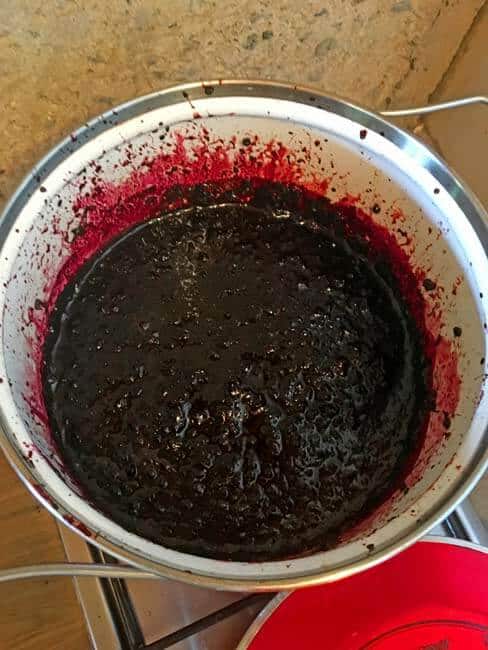
How to Use Elderberry Syrup
To prevent colds and flu take one or two tablespoons of syrup a day.
If you feel like you’re coming down with something and don’t want to get sick you need to take it frequently throughout the day (one to three tablespoons every hour).
If you’re a tea lover you could make elderberry tea and drink it throughout the day.
If the situation is acute take one to three tablespoons of syrup every hour.
Elderberry syrup takes time to make and this post is not about how to make it (I myself don’t have the time). Find here Elderberry syrup from Nature’s Way.
4. Chamomile (Matricaria chamomilla) Tea for Hot, Achey Fevers and When Feeling the Distress
Chamomile tea reminds me of my dad. He used to have a cup of chamomile tea every single morning. I loved the smell and I always used to drink it to ease digestion. I love using chamomile for my skincare formulas also (together with calendula).
Chamomile is very gentle but it can also be very effective as it is a potent herb that can be used for so many different things.
Chamomile is a great herb for hot, restless fevers (notice the difference with ginger which is better for fevers with chills) as well as sore throats and congestion. When someone has a fever or a headache or has aches and pains which can be an indication of fever, chamomile can come to the rescue. Chamomile is also great to ease emotional issues or when the fever is causing us distress.
Chamomile can break up sinuses and congestion of the lungs (take it in steam form if necessary).
*Chamomile is a better choice for me over ginger (they’re both great for congestion, sore throat and fevers) because I’m going through the menopause and need to use a cooling herb. Ginger is a warming herb while chamomile is a cooling herb.
How to Use Chamomile Tea
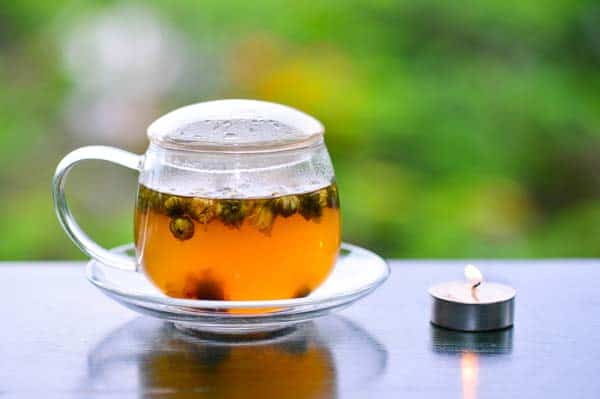
You can use fresh or dried chamomile tea. You can make a mild or a strong tea.
Take half a cup (around 10grams) of dried chamomile flowers and steep them into 16 ounces of hot water. Cover for around 15 minutes. Strain and drink slowly while the tea is still warm.
Find here whole chamomile flowers from Nature Restore.
Staying Present While Going through a Cold or a Flu
Since experiencing a spiritual awakening I can’t look at illness the same way as before.
The body complaints when it feels uncomfortable and there are so many ways in which it ‘shows you’ it is not happy!
One way is physical illness. Fevers and colds are a way for the body to ‘sweat out’ uncomfortable feelings and thoughts. The body gets hot and irritated and it starts to expel these feelings and thoughts via the skin in the form of sweat and around the head area in the form of a fever.
When going through a cold or flu you’ll need to stay present in order for the body to see that you’re ‘aligned’ with it and that you’re listening to it. It will keep complaining for a while but it will also feel happy you’re paying attention to it. The body is your own manifestation in the dream (the world is a projection of the Mind) and it tries to communicate with you in the ways it knows how to.
The herbs above will help you connect with the rest of your manifestation as somehow plants and nature needs you to ‘See it’. Without you, nature is not really alive, it needs you as consciousness to acknowledge its beingness.
Stay Present while the body needs you and use this time to connect with it. This is a time for you and your body to become One.
Patri xx
